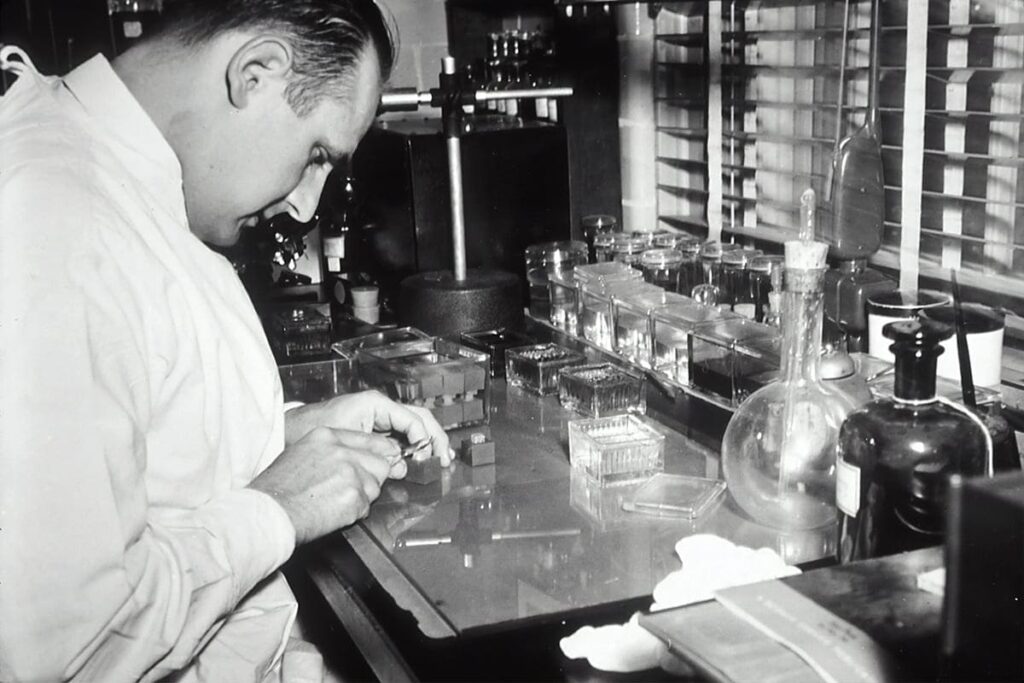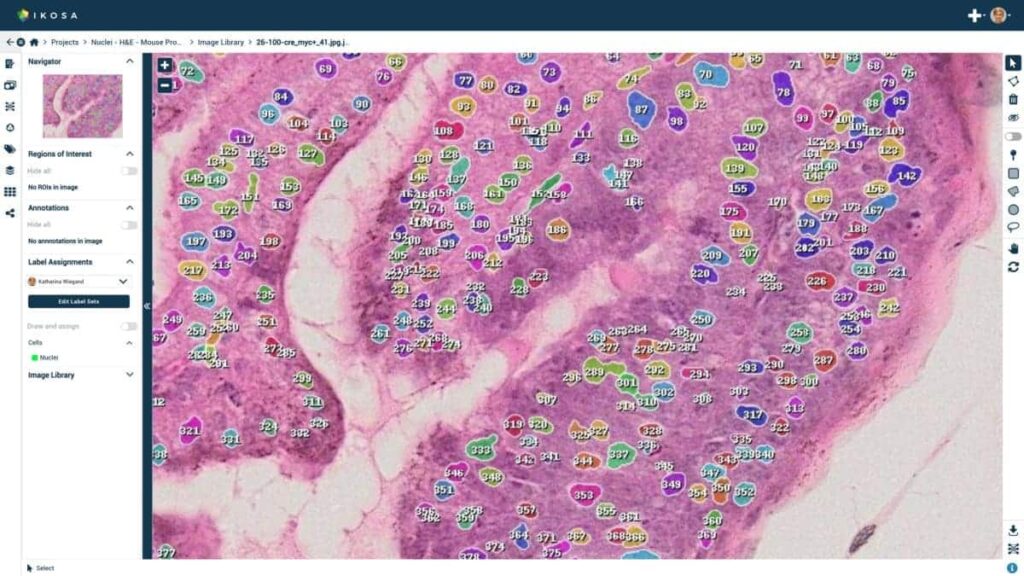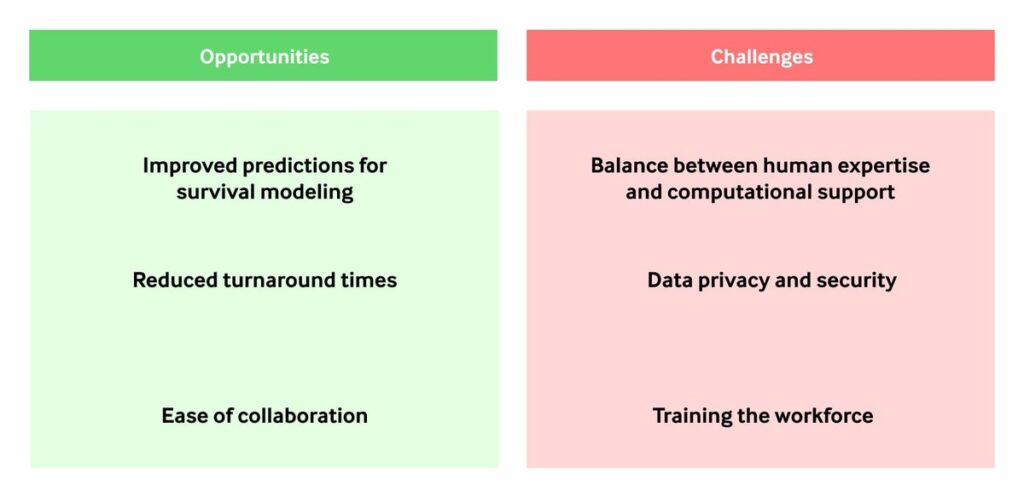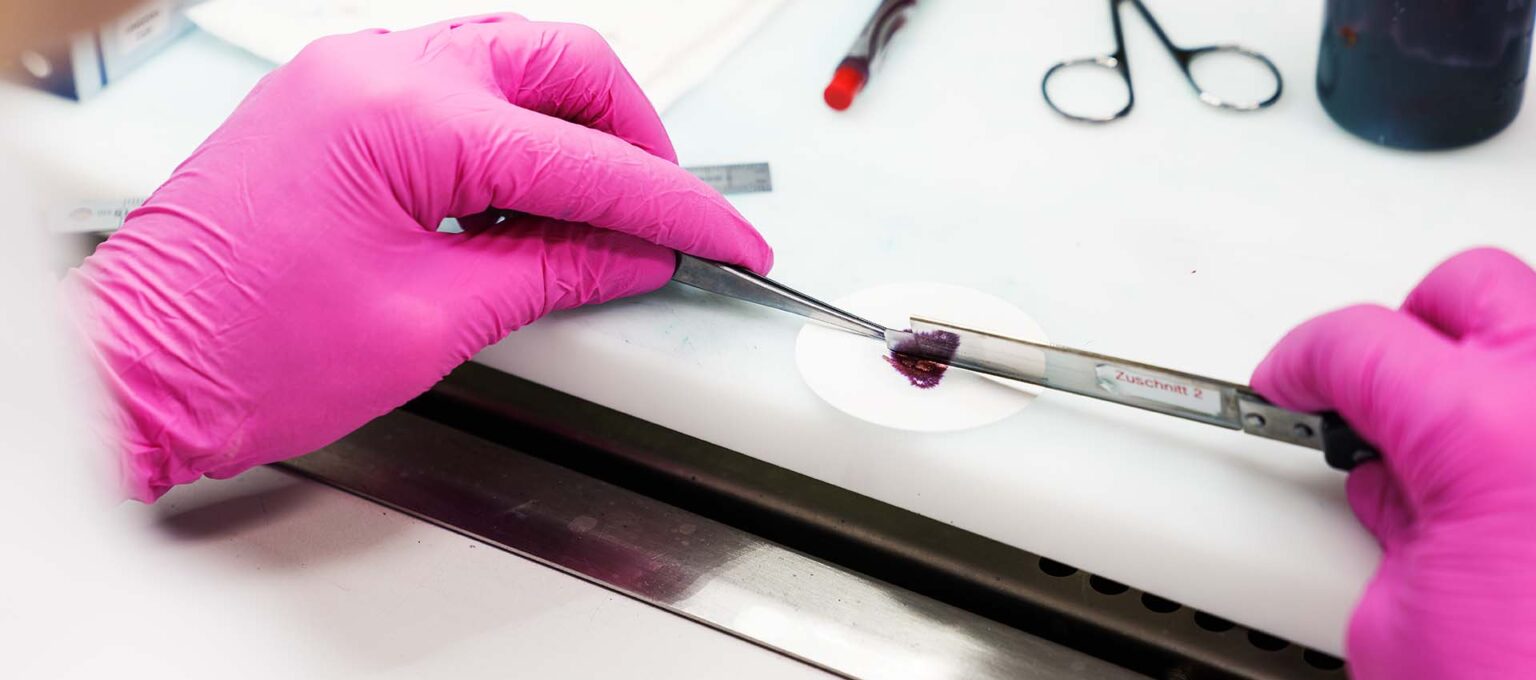Synopsis
In pathology, traditional methods, such as research by using a conventional microscope, aren’t the most used techniques anymore. New technologies are taking on. International Pathology Day, marked every year on November 8, is an opportunity to analyze the current trend. The advent of digital and computational pathology has ushered in a transformative era in the field of pathological research and diagnostic capabilities. The whole process is now accelerated and has become more accurate and more efficient. Digital and computational pathology have proved to be of great help in treating patients and in cancer diagnosis. The accuracy and efficiency of current-day technology can save millions of lives.
A Platform for Global Discussion
Every year, since 2014, November 8 marks International Pathology Day. It presents an opportunity to comprehensively discuss digital pathology, encompassing discussions on tackling the global personnel shortage, addressing the mounting complexities of diagnostic tests, and managing the escalating workload driven by the aging demographics in modern pathology practices. It is also an occasion to talk about global health challenges. With the advent of digital and computational technology, digital pathology has undergone a deep evolution. The integration of modern technologies into pathology has not only accelerated diagnosis but has also opened new avenues in research and collaboration.

Efficiency of Pixels
Traditionally, pathologists observed their specimens under the analog microscope. They relied on their expertise to identify abnormalities and make diagnostic assessments. While this method was effective, it had limitations in terms of speed, accuracy, and the ability to share findings with other experts remotely. The introduction of digital pathology addressed these challenges by digitizing glass slides, allowing for high-resolution imaging and remote access.
Schedule Your Personalized Experience Today
Discover the future of digital pathology and transform your workflow instantly. Book an online session for a customized experience.
Power of Artificial Intelligence
While digital pathology digitizes visual information, computational pathology harnesses the power of algorithms, machine learning, and artificial intelligence (AI) to extract meaningful insights from digitized images. Machine learning models, when trained on vast datasets of annotated images, can learn to recognize patterns and anomalies that can elude the human eye. This not only speeds up the diagnostic process but also enhances accuracy by reducing the risk of human error. One of the most remarkable applications of computational pathology is in the field of cancer diagnosis. Machine learning algorithms can analyze tissue samples to identify subtle indicators of cancerous growth, enabling earlier and more accurate detection. This has the potential to significantly improve patient outcomes, as early detection is often the key to successful treatment.

New Approaches: Deep Learning and Conventional Techniques
In 2019, Lee A.D. Cooper from the Department of Biomedical Informatics, Emory University School of Medicine in Atlanta et al. developed a new approach that combines deep learning algorithms with conventional survival modeling techniques to predict the clinical outcomes of patients diagnosed with glioma using histology images and genomic biomarkers. The approach surpassed the prognostic accuracy of human experts using the current clinical standard for classifying diffuse gliomas. The visualization showed that deep learning survival models recognize important histologic structures and molecular biomarkers that are related to prognosis and are used by pathologists in grading and molecular classification. The results also highlight the emerging role of deep learning in precision oncology and suggest the expanding utility for computational analysis of histology and genomics in the future practice of pathology.
Advantages of Digital and Computational Pathology
There are many benefits that digital and computational pathology bring along. Most importantly, these technologies streamline and accelerate diagnosis. With digital access to slides, pathologists can review cases remotely, reducing turnaround times for results. This is particularly important in urgent cases where a quick diagnosis can make a life-saving difference. Also, the collaborative aspect of digital pathology allows experts from different parts of the world to contribute their insights to complex cases, leading to more accurate diagnoses. The trend to shift to digital pathology, therefore, is a fundamental change in how primary diagnostic works, consultations are conducted, education is imparted, and multidisciplinary conferences are performed. Digital pathology is the prerequisite for computational pathology, the big data approach to pathology that extracts information from images, typically using AI methods.
Unbiased Diagnosis
Computational pathology introduces a certain level of objectivity to diagnosis. While human pathologists can sometimes be influenced by factors like fatigue or visual bias, algorithms provide consistent and standardized assessments. This consistency is especially relevant in cases where minute details play a significant role in diagnosis.
Overcoming the Challenges
However, the integration of digital and computational pathology also comes with challenges. One of the most important concerns is data privacy and security. As a vast amount of medical data is transferred and stored digitally, ensuring the confidentiality of patient information is of utmost importance. Robust data encryption, strict access controls, and compliance with privacy regulations are essential to mitigate these risks.
Striking the Right Balance
A trained workforce is another big concern. Pathologists need to adapt to new tools and technologies which might necessitate additional training. Specialists who can develop and fine-tune machine learning algorithms for accurate diagnosis are also needed. Striking the right balance between human expertise and computational support is an ongoing challenge that needs to be addressed simultaneously.

Digital pathology and computational pathology are two specialties that have evolved in the recent decade for the benefit of medical experts and patients. Many processes that were slow earlier have now accelerated and new avenues for researh have opened. There are two important changes that digital and computational pathology have brought to modern pathology research. Digital pathology digitizes visual information, while computational pathology utilizes the power of artificial intelligence and machine learning to extract relevant information. A combination of these speeds up the diagnostic process, enhances accuracy, and reduces the risk of human error in the treatment plan. Although reimagined digital and computational pathology brings many benefits, there are also some challenges medical experts and institutions need to overcome. They primarily concern data privacy, security, and personnel training. Pathologists need to handle a vast amount of data related to every case. So, the system will ensure the highest privacy and security is of utmost importance for every laboratory and institution. High-quality patient care also requires a trained workforce. It is necessary to adapt to new technologies and learn to balance your expertise and available technology for the best possible quality.











